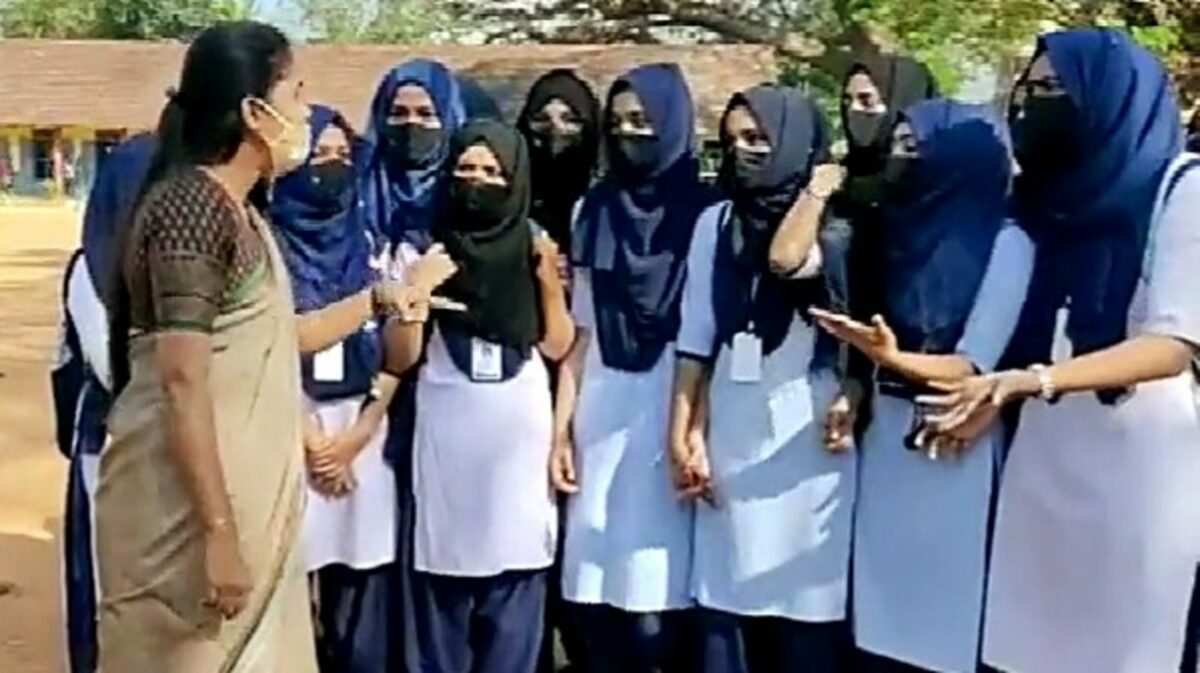In recent times, controversies surrounding religious practices and dress codes have often caused unrest in many parts of the world. One such issue has emerged in Tripura, India, where a school’s directive to ban headscarves has sparked protests and discontent among minority communities. The ban on the traditional headscarf worn by Muslim women as a religious obligation has raised concerns about freedom of religious expression and cultural diversity in educational institutions. This article explores the events that led to the unrest, community response, and the broader implications of these bans on religious clothing.
The controversy began when a school in Tripura issued a directive banning students from wearing headscarves on campus. The school’s decision was met with strong opposition from the Muslim minority, who see the hijab as an integral part of their religious identity. For Muslim women, wearing the hijab is a matter of personal choice and a reflection of their faith. The ban was therefore seen as an attack on their religious and cultural freedoms.

In response to the school’s directive, members of the Muslim community organized peaceful rallies and demonstrations to express their displeasure. These protests grew larger and attracted the attention of many civil rights groups and activists advocating for religious freedom and secularism. The situation escalated as tensions increased between the school administration and protesting community members.
The Tripura incident highlights a broader debate surrounding the conflict between religious freedom and school policy. Educational institutions often enforce dress codes to maintain uniformity and discipline among students. However, when these policies conflict with religious practices, they can lead to friction between school authorities and affected communities. Balancing the right to religious expression with the need to maintain order in educational institutions poses a complex challenge for administrators and policymakers. The ban on headscarves in Tripura has also drawn attention to the legal aspects of those decisions. While schools have the power to set rules and regulations, they must also respect constitutional provisions that protect freedom of religion and conscience. In India, the Constitution guarantees citizens the freedom to profess, practice and propagate any religion. Any restrictions on religious activities must go through legal scrutiny to ensure that they do not infringe on fundamental rights.
In addition to the legal aspect, the ban on headscarves also raises questions about cultural and social inclusion in educational institutions. Schools play an important role in promoting diversity and respect for different cultural backgrounds. Prohibition of religious clothing can create an unwelcome atmosphere for minority students, leading to feelings of alienation and social exclusion. Promoting cultural understanding and sensitivity is essential to maintaining harmony in diverse societies.
The ban on headscarves in Tripura and the unrest that followed underscored the need for a nuanced approach to balancing religious freedom and school policies. Respect for cultural diversity and religious expression is fundamental to any pluralistic and inclusive society. As India develops, it is essential that educational institutions foster an environment that embraces and celebrates diverse cultural practices while maintaining discipline and order. Dialogue between school authorities and affected communities can pave the way to mutually acceptable solutions, ensuring that the rights of all citizens are respected and protected.












